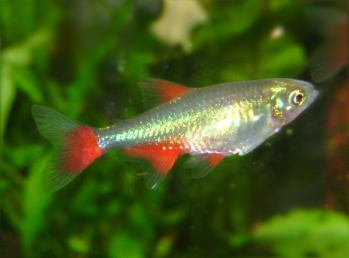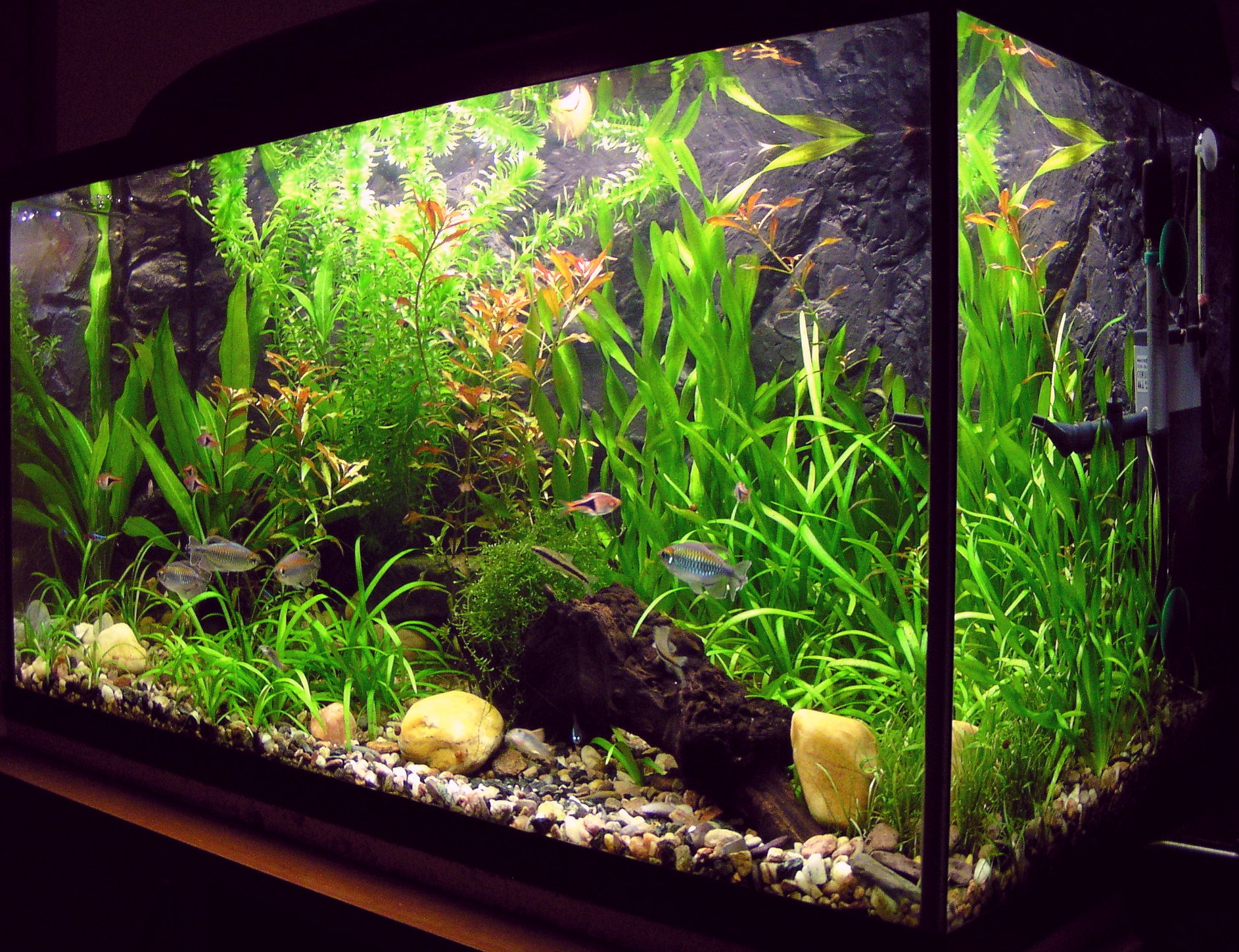|
Paragoniates
''Paragoniates alburnus'' is a species of characin found in the Amazon River basin in Brazil and Bolivia, Peru, and Venezuela. It is also found as an aquarium An aquarium (: aquariums or aquaria) is a vivarium of any size having at least one transparent side in which aquatic plants or animals are kept and displayed. fishkeeping, Fishkeepers use aquaria to keep fish, invertebrates, amphibians, aquati ... fish. It is the only member of its genus. References * Aphyocharacini Monotypic fish genera Fish of Bolivia Freshwater fish of Brazil Freshwater fish of Peru Freshwater fish of Venezuela Fish described in 1876 {{Characidae-stub ... [...More Info...] [...Related Items...] OR: [Wikipedia] [Google] [Baidu] |
Aphyocharacini
Characidae, the characids, is a family of freshwater subtropical and tropical fish belonging to the order Characiformes. They are found throughout much of Central and South America, including such major waterways as the Amazon and Orinoco Rivers.Nelson (2006) These fish vary in length; many are less than . The name " characins" is a historical one, but scientists today tend to prefer "characids" to reflect their status as a, by and large, monophyletic group (at family rank). This family includes some of the first characiforms to be described to science, such as '' Charax'' and ''Tetragonopterus'', and thus lend their name to the order, as well as to common names such as "characin" and "tetra". Past taxonomic treatments had a much more expansive definition of the family, including numerous South American fish families such as the piranhas and dorados, as well as the African alestids. Following multiple taxonomic revisions, this was eventually restricted to just the American "tet ... [...More Info...] [...Related Items...] OR: [Wikipedia] [Google] [Baidu] |
Franz Steindachner
Franz Steindachner (11 November 1834 in Vienna – 10 December 1919 in Vienna) was an Austrian zoologist, ichthyologist, and herpetologist. He published over 200 papers on fishes and over 50 papers on reptiles and amphibians. Steindachner described hundreds of new species of fish and dozens of new amphibians and reptiles. At least seven species of reptile have been named after him. Work and career Being interested in natural history, Steindachner took up the study of fossil fishes on the recommendation of his friend Eduard Suess (1831–1914). In 1860 he was appointed to the position of director of the fish collection at the Natural History Museum, Vienna, a position which had remained vacant since the death of Johann Jakob Heckel (1790–1857). (in German). Steindachner's reputation as an ichthyologist grew, and in 1868 he was invited by Louis Agassiz (1807–1873) to accept a position at the Museum of Comparative Zoology at Harvard University. Steindachner took part i ... [...More Info...] [...Related Items...] OR: [Wikipedia] [Google] [Baidu] |
Species
A species () is often defined as the largest group of organisms in which any two individuals of the appropriate sexes or mating types can produce fertile offspring, typically by sexual reproduction. It is the basic unit of Taxonomy (biology), classification and a taxonomic rank of an organism, as well as a unit of biodiversity. Other ways of defining species include their karyotype, DNA sequence, morphology (biology), morphology, behaviour, or ecological niche. In addition, palaeontologists use the concept of the chronospecies since fossil reproduction cannot be examined. The most recent rigorous estimate for the total number of species of eukaryotes is between 8 and 8.7 million. About 14% of these had been described by 2011. All species (except viruses) are given a binomial nomenclature, two-part name, a "binomen". The first part of a binomen is the name of a genus to which the species belongs. The second part is called the specific name (zoology), specific name or the specific ... [...More Info...] [...Related Items...] OR: [Wikipedia] [Google] [Baidu] |
Characin
Characiformes is an order of ray-finned fish, comprising the characins and their allies. Grouped in 18 recognized families, more than 2000 different species are described, including the well-known piranha and tetras.; Buckup P.A.: "Relationships of the Characidiinae and phylogeny of characiform fishes (Teleostei: Ostariophysi)", ''Phylogeny and Classification of Neotropical Fishes'', L.R. Malabarba, R.E. Reis, R.P. Vari, Z.M. Lucena, eds. (Porto Alegre: Edipucr) 1998:123-144. Taxonomy The Characiformes form part of a series called the Otophysi within the superorder Ostariophysi. The Otophysi contain three other orders, Cypriniformes, Siluriformes, and Gymnotiformes. The Characiformes form a group known as the Characiphysi with the Siluriformes and Gymnotiformes. The order Characiformes is the sister group to the orders Siluriformes and Gymnotiformes, though this has been debated in light of recent molecular evidence. Originally, the characins were all grouped within a sing ... [...More Info...] [...Related Items...] OR: [Wikipedia] [Google] [Baidu] |
Brazil
Brazil, officially the Federative Republic of Brazil, is the largest country in South America. It is the world's List of countries and dependencies by area, fifth-largest country by area and the List of countries and dependencies by population, seventh-largest by population, with over 212 million people. The country is a federation composed of 26 Federative units of Brazil, states and a Federal District (Brazil), Federal District, which hosts the capital, Brasília. List of cities in Brazil by population, Its most populous city is São Paulo, followed by Rio de Janeiro. Brazil has the most Portuguese-speaking countries, Portuguese speakers in the world and is the only country in the Americas where Portuguese language, Portuguese is an Portuguese-speaking world, official language. Bounded by the Atlantic Ocean on the east, Brazil has a Coastline of Brazil, coastline of . Covering roughly half of South America's land area, it Borders of Brazil, borders all other countries and ter ... [...More Info...] [...Related Items...] OR: [Wikipedia] [Google] [Baidu] |
Bolivia
Bolivia, officially the Plurinational State of Bolivia, is a landlocked country located in central South America. The country features diverse geography, including vast Amazonian plains, tropical lowlands, mountains, the Gran Chaco Province, warm valleys, high-altitude Andean plateaus, and snow-capped peaks, encompassing a wide range of climates and biomes across its regions and cities. It includes part of the Pantanal, the largest tropical wetland in the world, along its eastern border. It is bordered by Brazil to the Bolivia-Brazil border, north and east, Paraguay to the southeast, Argentina to the Argentina-Bolivia border, south, Chile to the Bolivia–Chile border, southwest, and Peru to the west. The seat of government is La Paz, which contains the executive, legislative, and electoral branches of government, while the constitutional capital is Sucre, the seat of the judiciary. The largest city and principal industrial center is Santa Cruz de la Sierra, located on the Geog ... [...More Info...] [...Related Items...] OR: [Wikipedia] [Google] [Baidu] |
Peru
Peru, officially the Republic of Peru, is a country in western South America. It is bordered in the north by Ecuador and Colombia, in the east by Brazil, in the southeast by Bolivia, in the south by Chile, and in the south and west by the Pacific Ocean. Peru is a Megadiverse countries, megadiverse country, with habitats ranging from the arid plains of the Pacific coastal region in the west, to the peaks of the Andes mountains extending from the north to the southeast of the country, to the tropical Amazon basin rainforest in the east with the Amazon River. Peru has Demographics of Peru, a population of over 32 million, and its capital and largest city is Lima. At , Peru is the List of countries and dependencies by area, 19th largest country in the world, and the List of South American countries by area, third largest in South America. Pre-Columbian Peru, Peruvian territory was home to Andean civilizations, several cultures during the ancient and medieval periods, and has one o ... [...More Info...] [...Related Items...] OR: [Wikipedia] [Google] [Baidu] |
Venezuela
Venezuela, officially the Bolivarian Republic of Venezuela, is a country on the northern coast of South America, consisting of a continental landmass and many Federal Dependencies of Venezuela, islands and islets in the Caribbean Sea. It comprises an area of , and its population was estimated at 29 million in 2022. The capital and largest urban agglomeration is the city of Caracas. The continental territory is bordered on the north by the Caribbean Sea and the Atlantic Ocean, on the west by Colombia, Brazil on the south, Trinidad and Tobago to the north-east and on the east by Guyana. Venezuela is a presidential republic consisting of States of Venezuela, 23 states, the Venezuelan Capital District, Capital District and Federal Dependencies of Venezuela, federal dependencies covering Venezuela's offshore islands. Venezuela is among the most urbanized countries in Latin America; the vast majority of Venezuelans live in the cities of the north and in the capital. The territory o ... [...More Info...] [...Related Items...] OR: [Wikipedia] [Google] [Baidu] |
Aquarium
An aquarium (: aquariums or aquaria) is a vivarium of any size having at least one transparent side in which aquatic plants or animals are kept and displayed. fishkeeping, Fishkeepers use aquaria to keep fish, invertebrates, amphibians, aquatic reptiles, such as turtles, and aquatic plants. The term ''aquarium'', coined by English naturalist Philip Henry Gosse, combines the Latin root , meaning 'water', with the suffix , meaning 'a place for relating to'. The aquarium principle was fully developed in 1850 by the chemist Robert Warington, who explained that plants added to water in a container would give off enough oxygen to support animals, so long as the numbers of animals did not grow too large. The aquarium craze was launched in early Victorian era, Victorian England by Gosse, who created and stocked the first public aquarium at the London Zoo in 1853, and published the first manual, ''The Aquarium: An Unveiling of the Wonders of the Deep Sea'' in 1854. Small aquariums are k ... [...More Info...] [...Related Items...] OR: [Wikipedia] [Google] [Baidu] |
Monotypic
In biology, a monotypic taxon is a taxonomic group (taxon) that contains only one immediately subordinate taxon. A monotypic species is one that does not include subspecies or smaller, infraspecific taxa. In the case of genera, the term "unispecific" or "monospecific" is sometimes preferred. In botanical nomenclature, a monotypic genus is a genus in the special case where a genus and a single species are simultaneously described. Theoretical implications Monotypic taxa present several important theoretical challenges in biological classification. One key issue is known as "Gregg's Paradox": if a single species is the only member of multiple hierarchical levels (for example, being the only species in its genus, which is the only genus in its family), then each level needs a distinct definition to maintain logical structure. Otherwise, the different taxonomic ranks become effectively identical, which creates problems for organizing biological diversity in a hierarchical syste ... [...More Info...] [...Related Items...] OR: [Wikipedia] [Google] [Baidu] |




